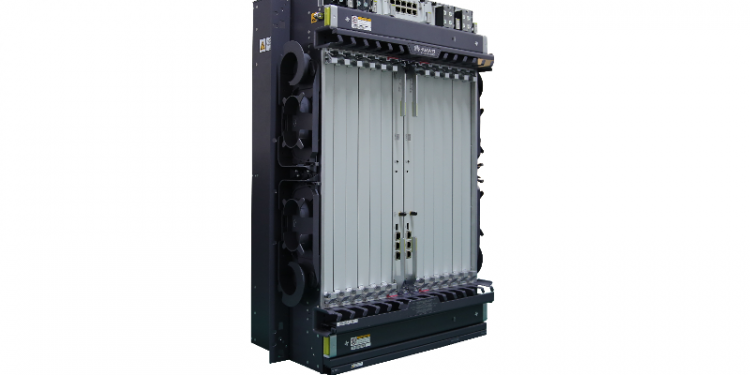The FINANCIAL — At the Optical Networking (ON) Innovation Forum 2017, Huawei officially launched a new metro Multi-Service Optical Transport (MS-OTN) product called OSN 9800 M24.
The new solution is designed to simplify optical networks enabling carriers to meet growing bandwidth demand driven by video and mobile data services, while ensuring an optimal user experience.
In today’s digital era, operators need to meet ever-increasing demand for high bandwidth services while ensuring zero congestion, zero packet loss, and low latency. With the emergence of 5G, VR, and B2B services which require greater bandwidth for more users across various locations, the Central Office (CO), which serves as the integrated service access point, is playing an increasingly important role in operators’ metro networks, according to Huawei.
To meet the high-bandwidth and low-latency demands of new services, operators need to quickly improve their CO capabilities to prevent metro networks from becoming a bottleneck of integrated service bearing.
However, legacy CO equipment rooms have limited facilities and typically need to be reconstructed to meet power supply, space, and bearing structure requirements. CO equipment room reconstruction often involves multi-party negotiation, resulting in significant costs and operational challenges.
More operators are applying OTN technology in metro networks to gain capacity, efficiency and flexibility to support various new services. To help meet projected capacity needs in the future, an OTN to CO solution is the next step in the development of future metro networks. Huawei’s new metro MS-OTN product, OSN 9800 M24, is designed to address operators’ service bearing requirements on CO nodes. The product delivers the following key benefits:
Huawei OSN 9800 M24 supports all existing services on metro networks, including home broadband, mobile broadband, and High-Quality Leased Line Service. In addition, the MS-OTN feature can reduce device types, simplifying networks.
Has the potential to effectively support VR/AR, 5G, and other future services. OSN 9800 M24 has the single-subrack cross-connection capacity of over 2.4T and is able to expand further continuously, meeting operators’ present and future requirements for ultra high-bandwidth.
OSN 9800 M24 is not only an optical-electrical integrated product but also enables spare parts to be shared with Huawei OSN 9800 and OSN 1800 products, simplifying O&M. Reduces power and space requirements in already constrained CO equipment rooms. In addition, OSN 9800 M24 has low power consumption, meeting restricted conditions in terms of space and power consumption within CO equipment rooms.
“Huawei’s all-service bearing OSN 9800 M24 offers a compact structure, flexible deployment, and easy O&M enabling an OTN-to-CO simplified optical network to be fully implemented in operators’ metro networks,” said Richard Jin, the President of Huawei Transport Network Product Line. “Huawei will continue to work closely with global operators to help them build future-oriented cloudified transport networks, enabling them to grow and succeed in the new digital era.”
As an industry leader in the global optical network market, Huawei optical network solutions continuously lead the rapid development of the ultra-broadband industry. Huawei has released an all-cloud network solution to embrace the future. By building an agile, smart, highly efficient, and open all-cloud network, Huawei helps operators build future networks with core commercial values and capture opportunities from digital transformation.





























Discussion about this post